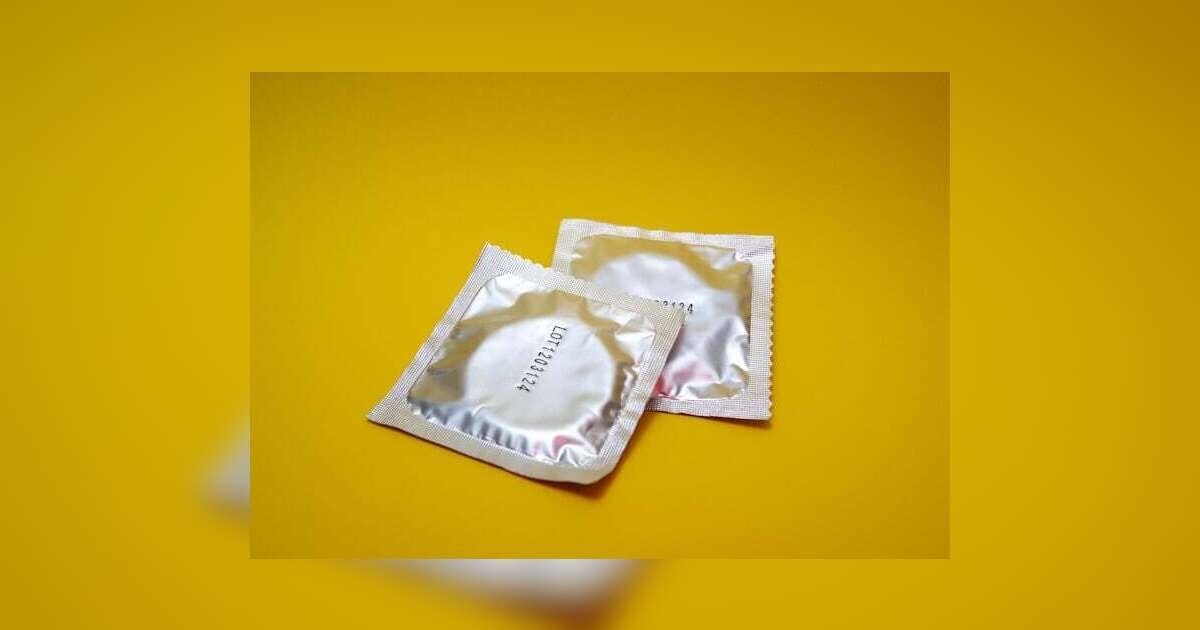National Condom Week: Promoting Safe Sex and Awareness



Introduction
Every year, National Condom Week begins on February 14 and runs through February 21. This awareness campaign highlights the importance of safe sexual practices and encourages the use of condoms to prevent sexually transmitted infections (STIs) and unintended pregnancies. It serves as a reminder that sexual health is a vital part of overall well-being, and condoms are one of the most effective tools for protection.
The Importance of National Condom Week
The primary goals of National Condom Week are:
- To educate the public about the role of condoms in preventing STIs and unplanned pregnancies.
- To promote open conversations about sexual health and safe sex.
- To reduce the stigma associated with condom use and sexual health education.
With rising rates of STIs worldwide and concerns about unintended pregnancies, this week is an opportunity for individuals, health organizations, and educators to emphasize responsible sexual behavior.
How Condoms Prevent STIs and Unintended Pregnancies
Condoms are a simple yet powerful barrier method that helps prevent:
1. STIs and HIV/AIDS
STIs like chlamydia, gonorrhea, syphilis, herpes, and even HIV/AIDS can be transmitted through sexual contact. Since condoms prevent direct contact with bodily fluids and reduce skin-to-skin transmission, they significantly lower the risk of infection.
2. Unintended Pregnancies
When used correctly, condoms are up to 98% effective in preventing pregnancy by stopping sperm from reaching the egg. They are affordable, widely available, and hormone-free, making them an excellent contraceptive choice for many people.
There are several types of condoms designed to meet different needs, preferences, and sensitivities. Here’s a breakdown:
1. Male Condoms (External Condoms)
These are the most common type, worn over an erect penis. They come in various materials and features:
a. Latex Condoms (Most Common)
✔ Made from natural rubber
✔ Highly effective against STIs and pregnancy
✔ Compatible with water- or silicone-based lubricants
❌ Can cause allergic reactions in some people
b. Non-Latex Condoms (For Latex Allergies)
✔ Made from polyurethane, polyisoprene, or other synthetic materials
✔ Thinner and more heat-conductive than latex
✔ Safe for people with latex allergies
❌ Slightly less elastic than latex
c. Lambskin Condoms (Natural but Less Protective)
✔ Made from animal membranes
✔ Feels more natural and allows heat transfer
❌ Does not protect against STIs—only prevents pregnancy
❌ Expensive and less common
d. Ultra-Thin Condoms (For Maximum Sensation)
✔ Provides a more natural feel
✔ As effective as regular condoms when used correctly
❌ May be more prone to breakage if not handled properly
e. Textured Condoms (Ribbed & Dotted for Extra Stimulation)
✔ Designed with ridges, dots, or other textures to enhance pleasure
✔ Can increase sensation for both partners
❌ Personal preference plays a role—some may not find them comfortable
f. Flavored Condoms (For Oral Sex)
✔ Comes in flavors like strawberry, chocolate, and mint
✔ Masks the taste of latex
✔ Encourages safe oral sex
❌ Not ideal for vaginal or anal sex due to added sugars that can cause infections
g. Extra-Large or Snug-Fit Condoms (For Different Sizes)
✔ Larger options prevent tightness and breakage
✔ Snug-fit options prevent slipping for those who find regular condoms loose
✔ Ensures better comfort and effectiveness
h. Spermicidal Condoms (With Added Spermicide)
✔ Coated with nonoxynol-9, a chemical that kills sperm
✔ Offers an extra layer of pregnancy prevention
❌ Can cause irritation with frequent use, increasing STI risk
2. Female Condoms (Internal Condoms)
✔ Worn inside the vagina
✔ Made from nitrile (non-latex)
✔ Provides STI and pregnancy protection
✔ Can be inserted before sex, giving more control
❌ Less commonly used than male condoms
3. Specialty Condoms
These condoms offer unique features:
Glow-in-the-Dark Condoms – For fun, made with a non-toxic glowing layer
Warming or Cooling Condoms – Infused with lubricants that create a warming or tingling sensation
Double-Lubricated Condoms – Extra lubrication for comfort during extended sessions
Choosing the Right Condom
The best condom depends on your needs:
- For the best protection against STIs and pregnancy → Latex or non-latex condoms
- For those with latex allergies → Polyurethane or polyisoprene condoms
- For a more natural feel → Ultra-thin or lambskin condoms (if STI protection isn't needed)
- For added stimulation → Ribbed, dotted, or warming condoms
- For oral sex → Flavored condoms
Correct Condom Use for Maximum Protection
To ensure effectiveness, condoms must be used properly:
✔ Check the expiration date and packaging for damage before use.
✔ Pinch the tip before rolling it onto an erect penis to leave space for semen.
✔ Roll it down completely to the base of the penis.
✔ Use a new condom for each sexual act, even if switching between partners or activities.
✔ Use water-based lubricants (oil-based ones can weaken latex and cause breakage).
✔ Dispose of used condoms properly—never flush them down the toilet.
Dispelling Myths About Condom Use
Despite their effectiveness, many misconceptions about condoms persist.
Here are some facts:
Myth: Condoms reduce pleasure. Truth: Modern ultra-thin and textured condoms enhance sensation while still providing protection.
Myth: Condoms are not necessary if using another contraceptive. Truth: Birth control pills and IUDs prevent pregnancy but do not protect against STIs.
Myth: Condoms always break. Truth: When used correctly, condom breakage is rare (only about 2% of the time).
How to Get Involved in National Condom Week
During this week, individuals and organizations can:
- Distribute free condoms in schools, universities, and community centers.
- Host educational workshops on safe sex and STI prevention.
- Encourage open discussions about sexual health to reduce stigma.
- Share information on social media to raise awareness using hashtags like #NationalCondomWeek and #SafeSexMatters.
Final Thoughts
National Condom Week is more than just an awareness campaign—it’s a movement to promote sexual health, prevent STIs, and reduce unintended pregnancies. By normalizing condom use and encouraging open conversations about safe sex, we can create a healthier and more informed society.
Una uzoefu wako? Shiriki nasi
Kategoria Maarufu
Blogu Zinazotembelewa Zaidi
Daily Newsletter
Get all the top stories from Blogs to keep track.



